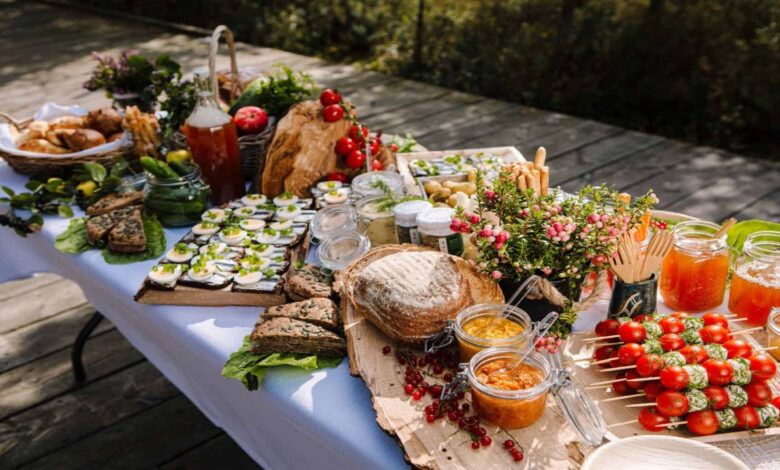Põde – A Delicious Estonian Comfort Food

Have you ever heard of põde? No, it’s not some trendy diet or the latest social media app. Põde is an Estonian comfort food, a rich and hearty beef and barley stew. As winter sets in and the cold bites, there’s nothing quite like a steaming bowl of põde to warm you up from the inside out. Let’s delve into the details of this soul-warming dish that captures the essence of Estonian cuisine.
What is Põde?
Põde is a traditional Estonian stew from southern Estonia, particularly Viljandi County. This hearty dish consists of tender beef chunks, nutty barley, and root vegetables like carrots and potatoes; all simmered to perfection in a flavorful broth. The name “põde” comes from the Estonian word for ‘to simmer,’ which aptly describes the cooking process of this stick-to-your-ribs meal.
Ingredients and Preparation
To make põde, season beef cubes with salt and pepper, then brown them in a Dutch oven. Next, add sliced onions, cubed potatoes, shredded cabbage, and enough water or stock to cover everything. Throw in a couple of bay leaves and let it simmer for 2 to 3 hours until the meat is tender and the flavours have melded together. The long, slow cooking gives põde its characteristic rich and hearty taste.
Variations and Serving
While the basic recipe for põde remains consistent, countless variations incorporate different ingredients and spices. Some recipes use pork instead of beef, while others add barley, beer, or red wine to the broth for added depth of flavour. Põde is typically served with bread to soak up the delicious broth, and creamy or sour cream is often offered on the side to add richness.
Origins and History
Põde has a long and storied history in Estonian culture, dating back to the 19th century when potatoes were first introduced to the region. As potatoes became a staple crop, they entered traditional Estonian cuisine, including põde. Over time, põde has become synonymous with comfort, warmth, and family, often enjoyed during the cold winter months and around Christmas time.
Cultural Significance
Beyond its culinary appeal, põde holds a special place in Estonian culture, symbolizing togetherness and tradition. Families gather around the table to enjoy this hearty stew, sharing stories and laughter as they savour each spoonful. Põde is not just a dish; it’s a connection to the past and a community celebration.
Conclusion
In summary, põde is more than just a stew – it’s a taste of Estonian tradition and a testament to the country’s rich culinary heritage. Whether savouring a bowl of homemade põde with loved ones or sampling it at a traditional Estonian restaurant, this hearty dish will surely warm both body and soul. So why not give it a try? Heat a pot of põde on a chilly night, and let its deep, earthy flavours transport you to the cozy kitchens of Estonia.
FAQs
1. What is Põde?
Põde is a traditional Estonian stew known for its rich and hearty flavours. It typically consists of tender beef chunks, barley, root vegetables, and a flavorful broth.
2. How is Põde prepared?
To prepare Põde:
3. What are some variations of Põde?
While the basic recipe for Põde remains consistent, countless variations incorporate different ingredients and spices. Some recipes use pork instead of beef, while others add barley beer or red wine to the broth for added depth of flavour.
4. What is the history of Põde?
Põde has a long and storied history in Estonian culture, dating back to the 19th century when potatoes were first introduced to the region. Over time, Põde has become synonymous with comfort, warmth, and family, often enjoyed during the cold winter and around Christmas time.
5. How can I try Põde?
If you’re interested in trying Põde, consider making it at home using a traditional recipe or visiting a conventional Estonian restaurant where it’s often served. Põde is a hearty, comforting dish perfect for chilly nights and gatherings with loved ones.
6. Is Põde suitable for vegetarians or vegans?
Traditional Põde recipes typically include meat, making it unsuitable for vegetarians or vegans. However, vegetarian or vegan variations of the dish may be available, using plant-based protein substitutes and omitting animal products.
You May Also Read:




